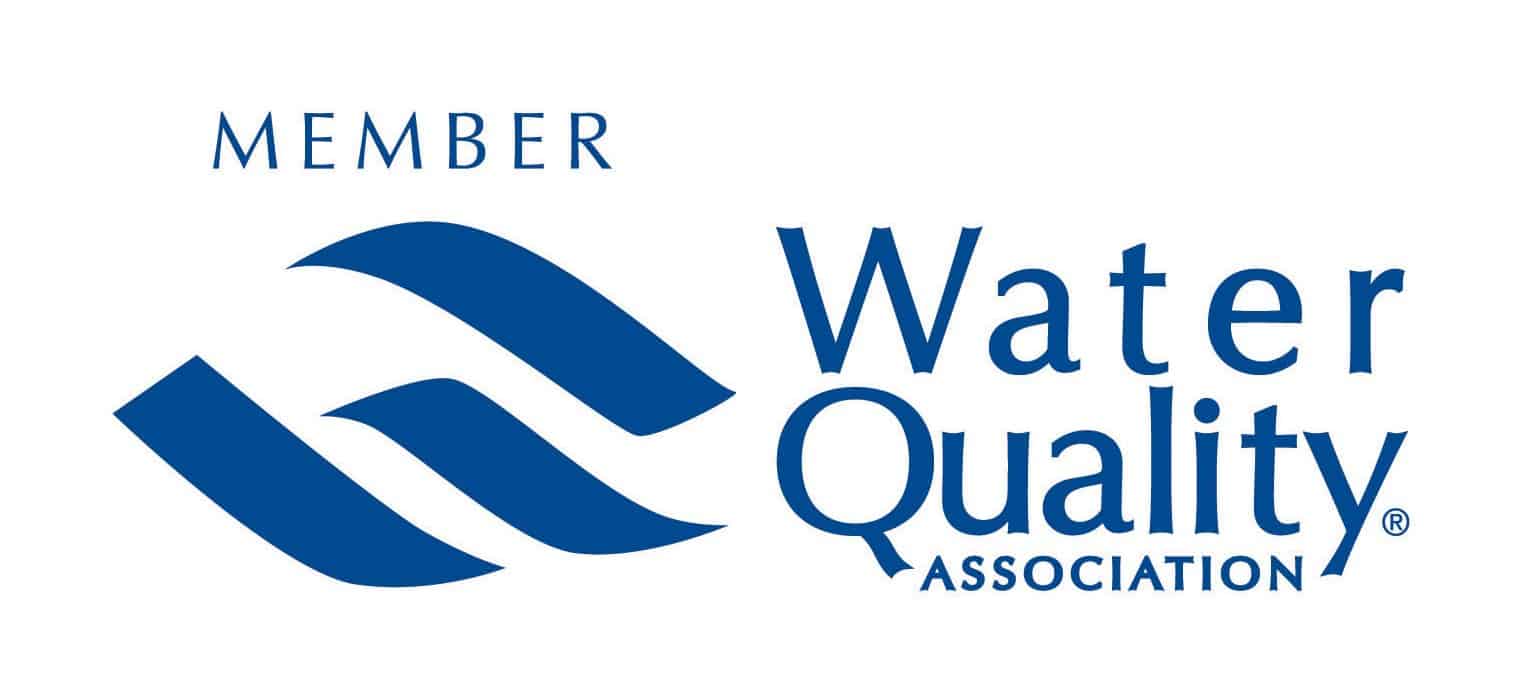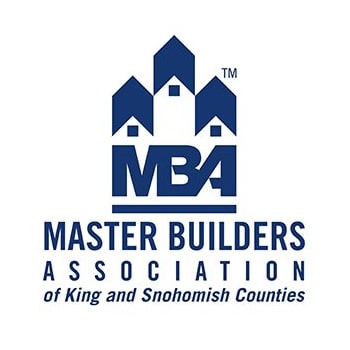Low water pressure can be a significant inconvenience, especially when it worsens over time. It can be a straightforward issue to resolve in some cases, while in others, it becomes a persistent problem. Therefore, it’s valuable for homeowners to be aware of the common causes of low water pressure and how to address it. Furthermore, homeowners can benefit from learning preventive measures to avoid low water pressure issues in the future.
What would cause a sudden drop in water pressure?
Having your own well gives you a few advantages over using the municipal water supply. Specifically, having one can lower the monthly costs of having fresh clean water easily accessible in your home. But it does require more technology to maintain and repair if you want to keep that dependable supply running through your faucets.
From major issues like a low-yielding well to the more common problems that can occur with the pressure tank, switches, and pumps, there are plenty of things you need to know about your well water system.
How to tell if your well pump is going bad:
- No water flow from faucets
- Poor water pressure
- Constantly running pump
If the well pump itself malfunctions or fails, it can result in a significant drop in water pressure. This could be due to a motor failure, a broken impeller, or other internal pump issues. Well pumps and equipment require specialized plumbing & electrical licenses to legally repair, and highly specialized equipment to repair in a timely manner. JKA Well Drilling & Pumps has multiple pump hoists, limited access equipment, and multiple service vans with qualified technicians, specialized equipment, and common inventory available to fix your well pump problems. Often we can deliver same day service to make repairs!
If you’re out of water or notice that your water system is having problems, give us call today! CALL: (360) 684-1932
What do you check when you lose water pressure?
Be sure the power is on:
Start by checking that the well switch located near your pressure tank hasn’t been switched off. Then check the well’s double-pole circuit breaker to see that it hasn’t tripped. If it has, reset it. (A breaker that keeps tripping likely means a problem with the well pump, and you’ll need to call a pro for that.)
You’ll find the pressure switch mounted on a 1/4-in. tube near the pressure tank. It’s what senses when water pressure has dropped to the point where the pressure tank requires more water. The switch then powers up the well pump. If the switch is bad, it won’t start the well pump and you won’t have water, so testing the switch is your first step. Remove the cover and bang a screwdriver handle sharply against the tube below the switch to jar the electrical contacts. If you see a spark and the pump starts, the pressure switch is the problem.
Why does pressure drop increase with flow rate?
It is crucial to know what the ability of the treatment methods that are being considered, what impurities they get rid of, precisely what flow rates they will handle, and what water pressures they will work within. Almost all water treatment systems are self-cleaning and must have a specific minimum flow rate. The common problem is to use a water treatment system that will require certain gallons per minute, but the existing well pump produces less than what the treatment system requires. These two things need to be aligned properly.
Taking the time to test both the quality and quantity of the well water is important when buying a home. There are more homeowners who find out the hard way after purchasing a home having skipped these crucial home inspection tests.
Our well inspections included up to 1-1/2 hour of flow testing on the well, surface level inspection of the water system components, a fourteen page report on the components in the well, set backs, etc, and optionally arsenic, nitrates testing, and bacteria (e. coli, fecal coliform, and coliform) testing. We like to spend time with the real estate agents and the clients to inform them about wells, how to take care of them, how the system works, and any potential weak points.
Maintaining optimal plumbing conditions in their homes is vital for homeowners. Adhering to best practices helps them preserve their home’s value and enhances their overall quality of life in their residence.




